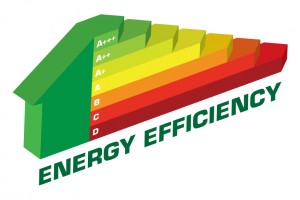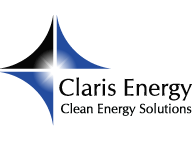 Though many commercial buildings qualify automatically for the section 179D tax deduction, few entrepreneurs and professionals claim this incentive. The Section 179D deduction was introduced as a part of the Energy Policy Act of 2005. Its main aim is to encourage investment in green commercial buildings.
Though many commercial buildings qualify automatically for the section 179D tax deduction, few entrepreneurs and professionals claim this incentive. The Section 179D deduction was introduced as a part of the Energy Policy Act of 2005. Its main aim is to encourage investment in green commercial buildings.
In the end of December 2014, the incentive was extended retroactively to cover all projects executed during the year. This means that investors still have possibilities to claim the deduction for projects executed in 2014 and corresponding to all requirements.
How EPAct 179D Works
The deduction can reach up to 1.80 dollars per square foot of the commercial building’s area for all improvements. Alternatively, the deduction is 0.6 dollars per square foot for lighting improvements, building envelope or HVAC improvements, respectively.
The 179D tax deduction provides a lot of flexibility since the definition of a commercial building is rather broad. It includes offices, industrial buildings, warehouses, production facilities, multi-family residential buildings, dormitories or buildings that were constructed for other purposes but were later on redesigned.
The lighting, HVAC and building envelope improvements can be executed in a number of ways. The architect and engineer have a lot of freedom when it comes to guaranteeing the energy efficiency of the building. The end result should be a commercial building that produces 50 percent bigger electricity consumption savings than a comparable unit.
Over the past years, the energy efficiency requirements for new commercial constructions were seriously tightened. This is one of the main reasons why many new projects will qualify automatically for the 179D tax deduction.
Wondering whether your project qualifies for the initiative? An independent third party will evaluate its energy consumption and help you figure out whether the building can be certified under EPAct 179D.
Lighting, HVAC and Envelope Improvement Guidelines
These are the three categories of improvements that will result in certification for the 179D tax deduction.
The use of modern light opportunities like LED, induction and fluorescent lights is one of the preferred possibilities. The commercial building should also be built to enable maximum usage of natural light.
The upfront investment cost in modern lighting solutions is still high but the energy savings these produce and the manner in which they affect the value of the residential building justify the expenditure.
When it comes to HVAC and building envelope improvements, architects and engineers have an even bigger number of possibilities to choose among. Everything from the selection of quality materials to cleverly designed roofs will impact the energy efficiency of the building.
The 179D tax deduction could become available through the execution of projects like geothermal heat pump installations, the use of energy-efficient windows and doors, insulation, central air conditioning, the use of roofing materials that reflect rather than absorb solar heat and the installation of solar photovoltaic systems.
Any entity that executed such commercial construction projects throughout 2014 is entitled to a 179D tax deduction. Getting the building certified and proving its energy efficiency is the first step towards obtaining the incentive.
Steve Nanos
Latest posts by Steve Nanos (see all)
- LED Lighting – A Great EPAct 179D Qualification Possibility - February 3, 2015
- 45L Credit Requirements for Begun Constructions - January 29, 2015
- Can Section 179D Incentives Help Businesses Save a Lot of Money? - January 27, 2015

 609.275.8484
609.275.8484